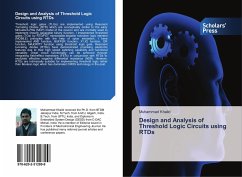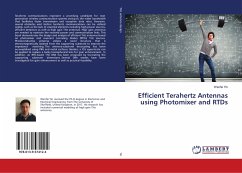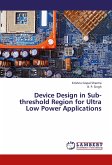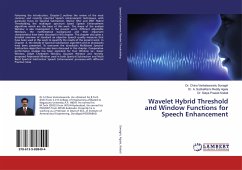Threshold logic gates (TLGs) are implemented using Resonant Tunneling Diodes (RTD) which are conceptually similar to the early McCulloch-Pitts (MCP) model of the neuron and are normally used to implement linearly separable binary function. I implemented threshold gates (TGs) by RTD/FET monostable-bistable transition logic element (MOBILE) principles with the help of spice simulation. I have implemented AND function, BUFFER function, X1.X2 function, OR function, MAJORITY function using threshold logic gate. Resonant tunneling diodes (RTDs) have demonstrated promising electronic features due to their high speed switching capability and functional versatility. Great circuit functionality can be achieved through integrating field-effect transistors (FETs) in conjunction with RTDs to modulate effective negative differential resistance (NDR). However, RTDs are intrinsically suitable for implementing threshold logic rather than Boolean logic which has dominated CMOS technology in the past.
Hinweis: Dieser Artikel kann nur an eine deutsche Lieferadresse ausgeliefert werden.
Hinweis: Dieser Artikel kann nur an eine deutsche Lieferadresse ausgeliefert werden.








